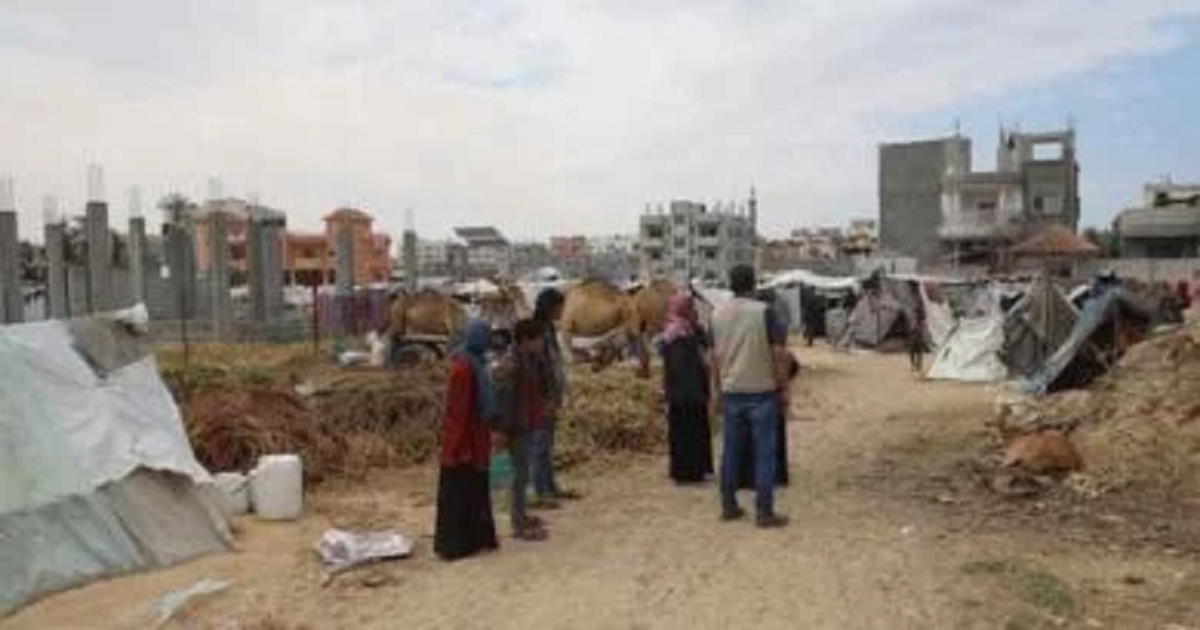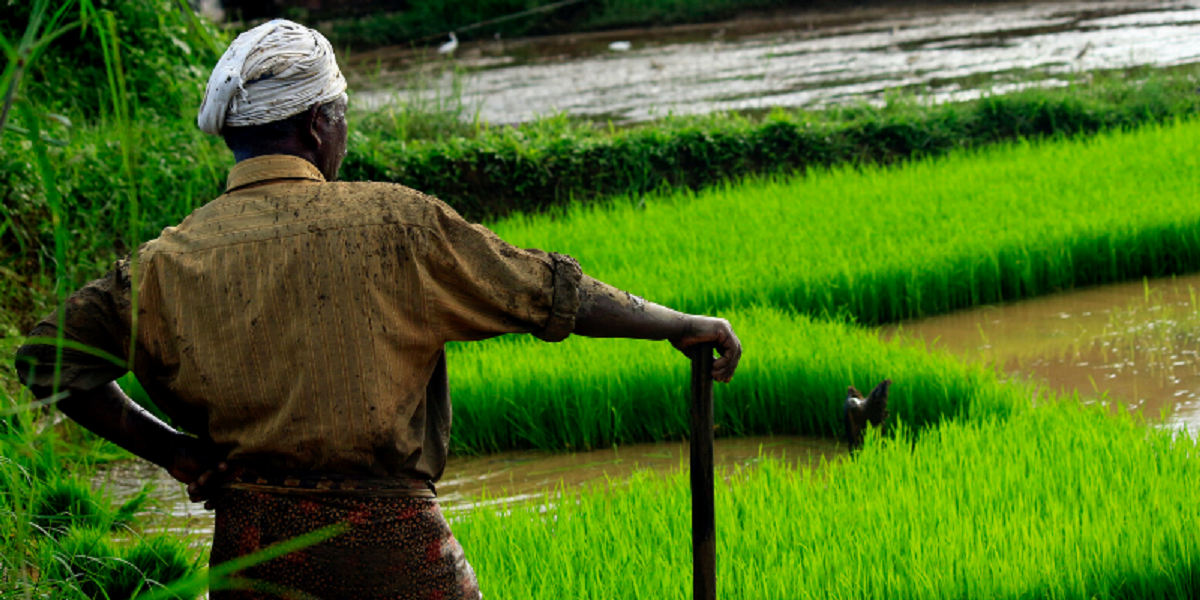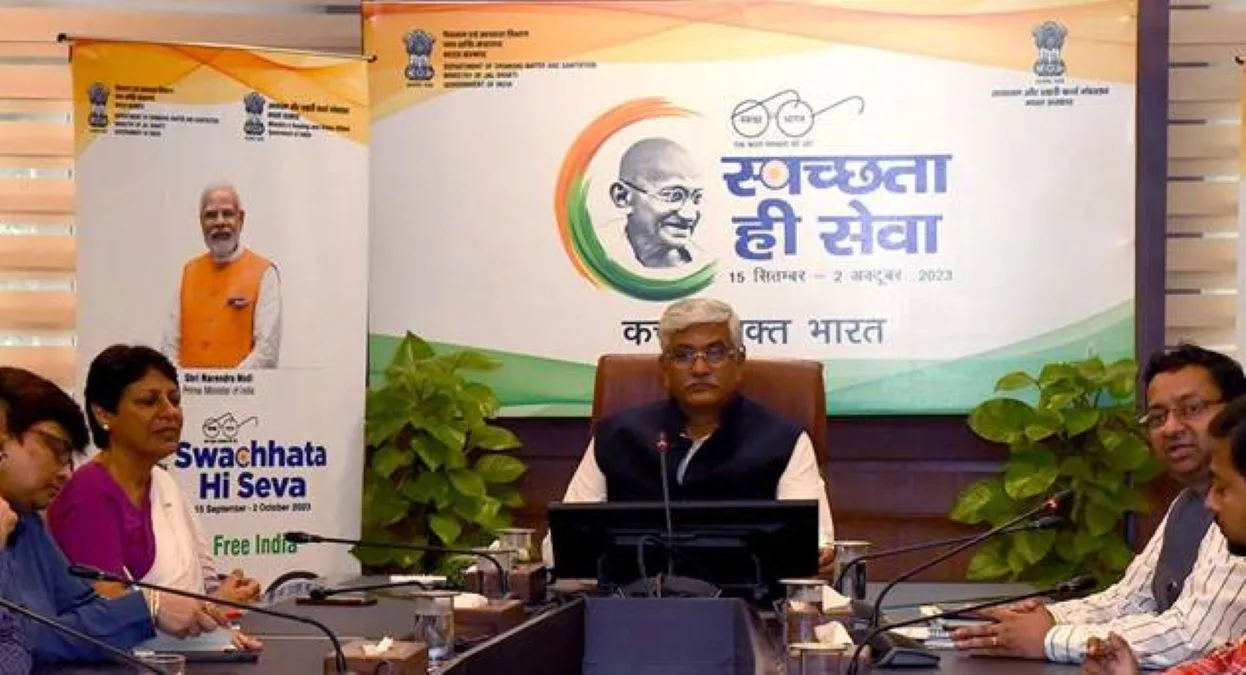The Food and Agriculture Organization of the United Nations (FAO) has raised an alarm over the escalating risk of famine across the Gaza Strip. This dire warning comes as the ongoing conflict and limited humanitarian access continue to devastate the region, according to a recent report by the Integrated Food Security Phase Classification (IPC) global initiative.
Impact of Conflict on Food Security
FAO Chief Economist Maximo Torero highlighted the severity of the situation during a press briefing in New York. “We have observed a high risk of famine over the last eight months due to relentless hostilities characterized by bombardment and ground operations, as well as limited access to those in urgent need of humanitarian aid,” Torero stated. “The report clearly shows that once the flow of and access to food and water in Northern Gaza improved, the risk of famine significantly decreased. Therefore, the solution is clear.”
Despite some improvements in the northern regions, Torero emphasized that the situation remains fragile and unpredictable. The high-intensity ground operations continue to displace people and exacerbate the social and food security crisis, particularly in Northern Gaza.
Widespread Acute Food Insecurity
The IPC report reveals that nearly the entire population of Gaza (96 percent) is experiencing high levels of acute food insecurity (IPC Phase 3 or above). Approximately 495,000 people, or 22 percent of the population, are now facing catastrophic food insecurity (IPC Phase 5, Catastrophe). Any deterioration in humanitarian aid access could push more people into catastrophic hunger levels.
While increased food deliveries and nutrition services have temporarily alleviated hunger in northern governorates, the southern regions have seen worsening conditions due to renewed hostilities in early May.
Agricultural Damage and Local Food Production at Risk
Recent satellite data analysis by FAO shows extensive damage to agricultural land in the Gaza Strip, with over 57 percent of cropland affected as of May 2024. This includes damage to orchards, vegetables, and cereals, along with significant destruction of agricultural infrastructure such as greenhouses, wells, solar panels, and other facilities.
Agriculture, which covers over 40 percent of Gaza’s surface area and contributes to 20-30 percent of daily consumption, has been severely impacted. The livelihoods of farmers, herders, and fishers are at risk, with households experiencing up to 72 percent income losses.
The damage extends to the Port of Gaza City, where most fishing boats have been destroyed, and livestock populations have sharply declined, further limiting local food production and access to essential nutrition.
FAO’s Emergency Agricultural Support
FAO has faced logistical challenges in delivering agricultural aid to Gaza due to restricted access. Despite these obstacles, the organization has managed to distribute 500 tons of fodder, reaching approximately 2,900 beneficiaries as of May 8th.
Efforts are being scaled up to prepare essential food production inputs for transportation to Gaza once access is granted. These preparations include procuring fodder concentrate, greenhouse plastic sheets, water tanks, vaccines, energy blocks, animal shelters, and veterinary kits.
UN Flash Appeal for Humanitarian Aid
The United Nations announced a new flash appeal for the occupied Palestinian territory (oPt) on April 17th, extending until December 2024. FAO is appealing for around $40 million, with $29 million allocated for Gaza and $11 million for the West Bank. This funding will support 70,660 individuals with emergency agricultural assistance, including the distribution of animal fodder and health inputs, restocking livestock, and providing critical inputs to farmers.
As the situation in Gaza remains precarious, urgent and sustained humanitarian efforts are crucial to preventing a full-scale famine and addressing the severe food security crisis facing the population.



